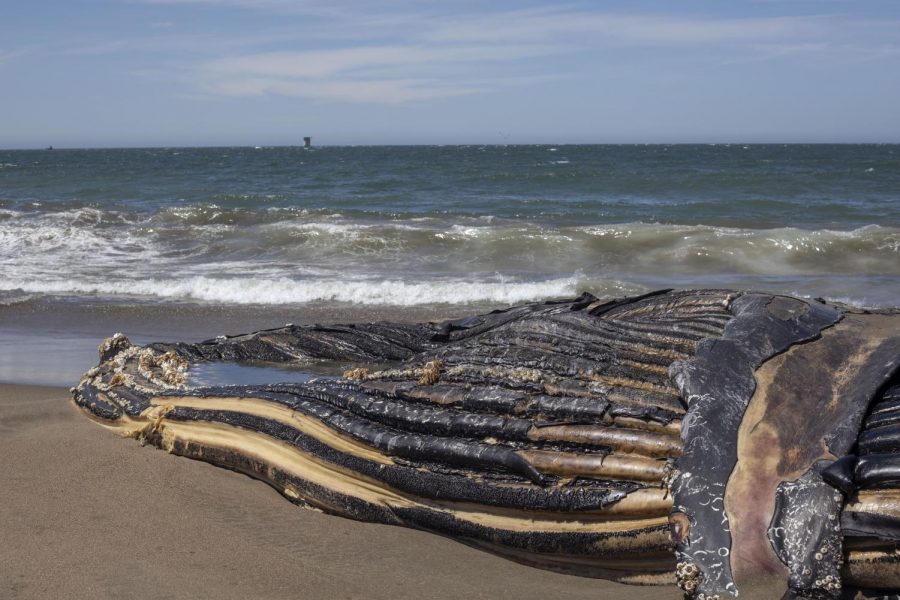SF State researchers are working to develop the most effective procedure to grow coral in a nursery and outplant it in the ocean to ensure the survival of this declining species.
Reefs are a crucial element in the survival and growth of marine life. Coral reefs are one of the most biologically diverse habitats containing more than 25% of marine life and are expected to go extinct by 2050, according to The Nature Conservancy, a global nonprofit that conducts studies on environmental issues.
“[We] look at how impacts of global change are impacting two different restoration methods of an endangered species, Acropora cervicornis, that is typically found throughout the Florida Keys,” said William James Grant, a graduate student at SF State working with Dr. Rebbeca Albright at the California Academy of Science. “We want to understand if there is one method of growing the species that is better suited for projected climate values.”
Coral Reef Restoration Foundation, a nonprofit in Florida that works in nurseries and outplanting coral, have found that over half of the world’s reef habitats are in danger. They’ve found that 95% of dominant coral species like Acropora cervicornis, commonly called Staghorn coral, are highly threatened.

The Nature Conservancy has found that Staghorn coral is crucial for building large reef communities. It covers the shallow parts of the ocean floor in dense bundles, providing habitats for marine life like stingrays, nurse sharks and turtles. The number of Staghorn reefs is dwindling, meaning that many of these species have had to relocate.
“When going on these diving trips, instructors will go back to a place a couple months to a couple years later and so much of the life in these places are gone,” said Jackson Vellve, a diving instructor at San Francisco’s Bamboo Reef Scuba Diving Center. “In [our] courses we work to teach people how to navigate themselves underwater so they don’t harm anything, even on accident.”
Studies like Grant’s conduct experiments in raceways growing corals in two different propagation methods: nursery trees, where they hang coral from PVC allowing 360 degrees of growth, or ceramic pucks. The pucks are placed on ocean floors and only allow 180 degrees of growth.
Researchers then analyze which species of coral thrive when altering their conditions under the water, observing the coral’s growth rate and the amount of dissolved oxygen in the water, ultimately finding the best methods to create healthy, long-lasting coral to out plant into the ocean.
Though the reefs are miles away from those living in the Bay Area, the effect San Francisco residents have on the environment can produce a visible change in the condition of the reefs.
“Seeing firsthand how these ecosystems have declined is really shaking to the core,” Grant said. “I would just say, understand how much carbon you’re producing per day or even per year, [and find] ways to lower your carbon footprint, whether it’s just changing your diet, your commute or using less single-use plastics.”








